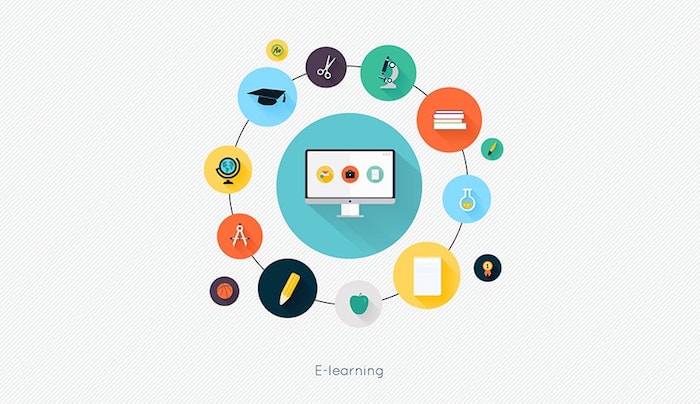
About this course:
Subtractive Manufacturing
Description:
ME 510 Subtractive Manufacturing (3-0-0-6)
Metal cutting theory: models for orthogonal and oblique machining. Advancements in conventional machining processes: thin-wall machining, high speed machining, hard turning, ductile regime machining of brittle materials, single point diamond turning (SPDT), vibration assisted machining, and sustainable machining. Computer numerical control (CNC) machining technology: sculptured surface generation using multi-axis CNC machining, machine tool condition monitoring through force, temperature, vibration signals, etc. Modeling of machining processes: electric discharge machining, electro-chemical machining, laser beam machining, lithography based machining processes, etc. Surface integrity of machined products: measurement of surface topography, micro-hardness and residual stresses. Modeling of magneto-rheological finishing (MRF), and chemo-mechanical polishing (CMP).
Texts/ References
J. P. Davim, Machining Fundamentals and Recent Advances, Springer, 2008.
M. C. Shaw, Metal Cutting, Tata McGraw Hill, New Delhi, 2004.
G. K. Lal, Introduction To Machining Science, New Age International Pvt Ltd., 2007.
V. K. Jain, Advanced Machining Processes, Allied Publishers, 2009.
V. K. Jain, Introduction to Micromachining, 2nd Ed., Narosa, 2010.
M. Madou, Fundamentals of microfabrication, CRC Press, 1997.
G. Boothroyd and W. A. Knight, Fundamentals of Machining and Machine Tools, CRC-Taylor and Francis, 2006.